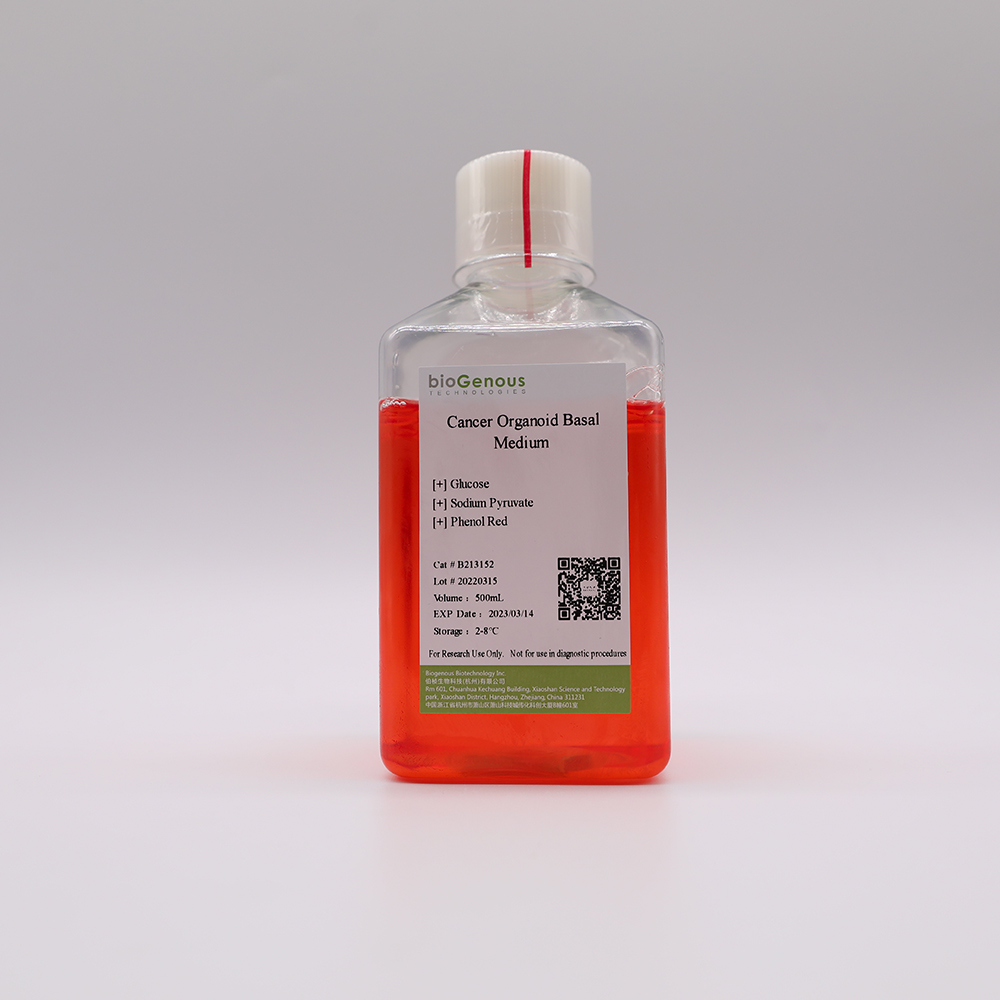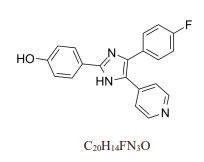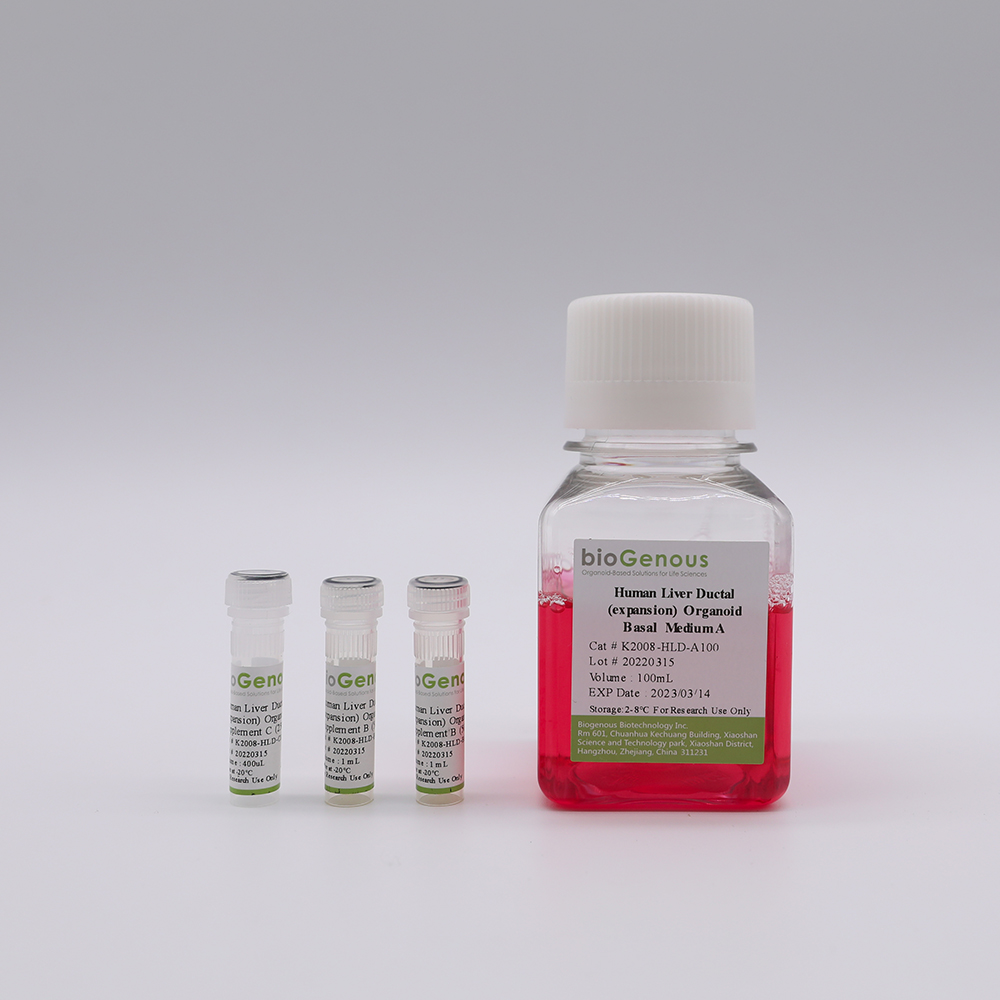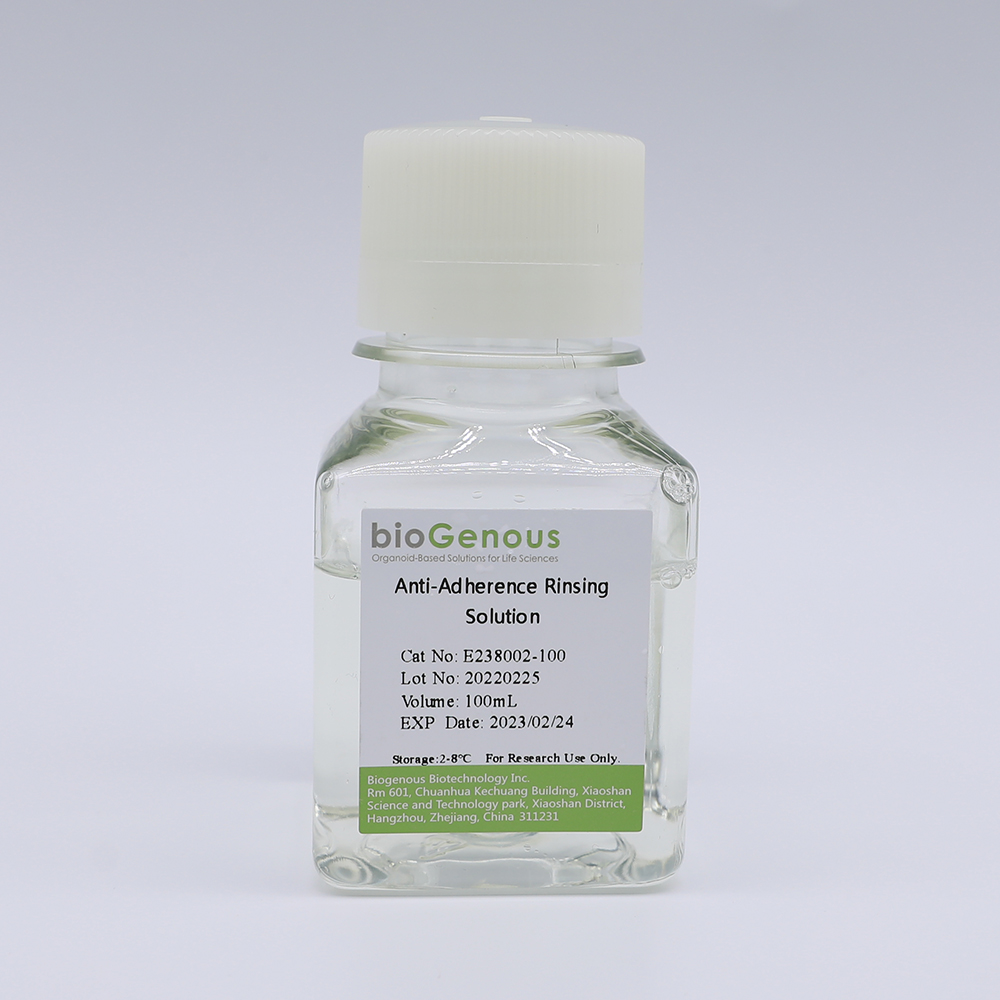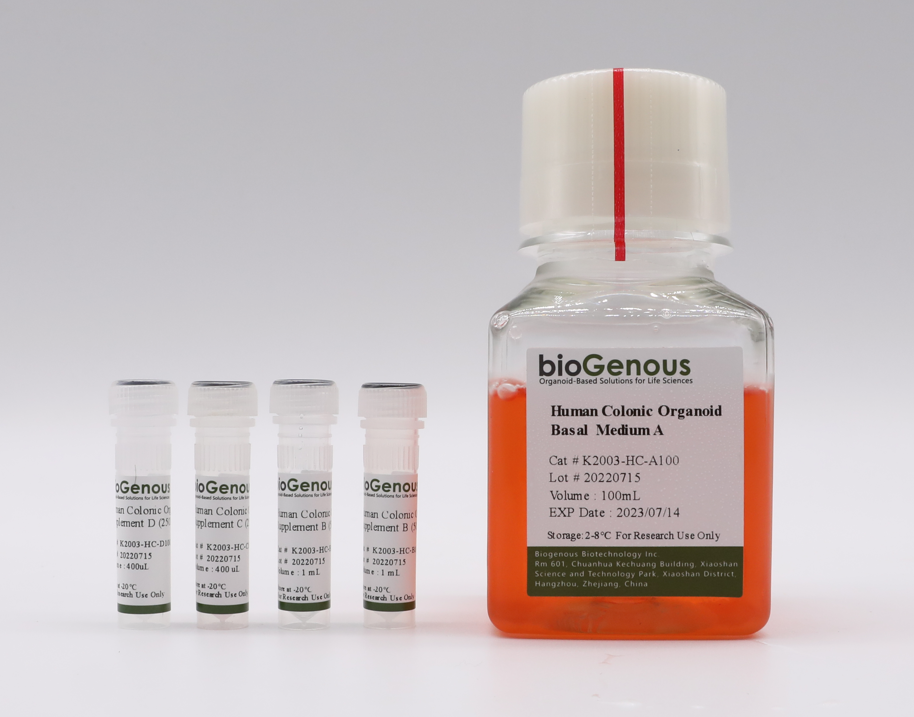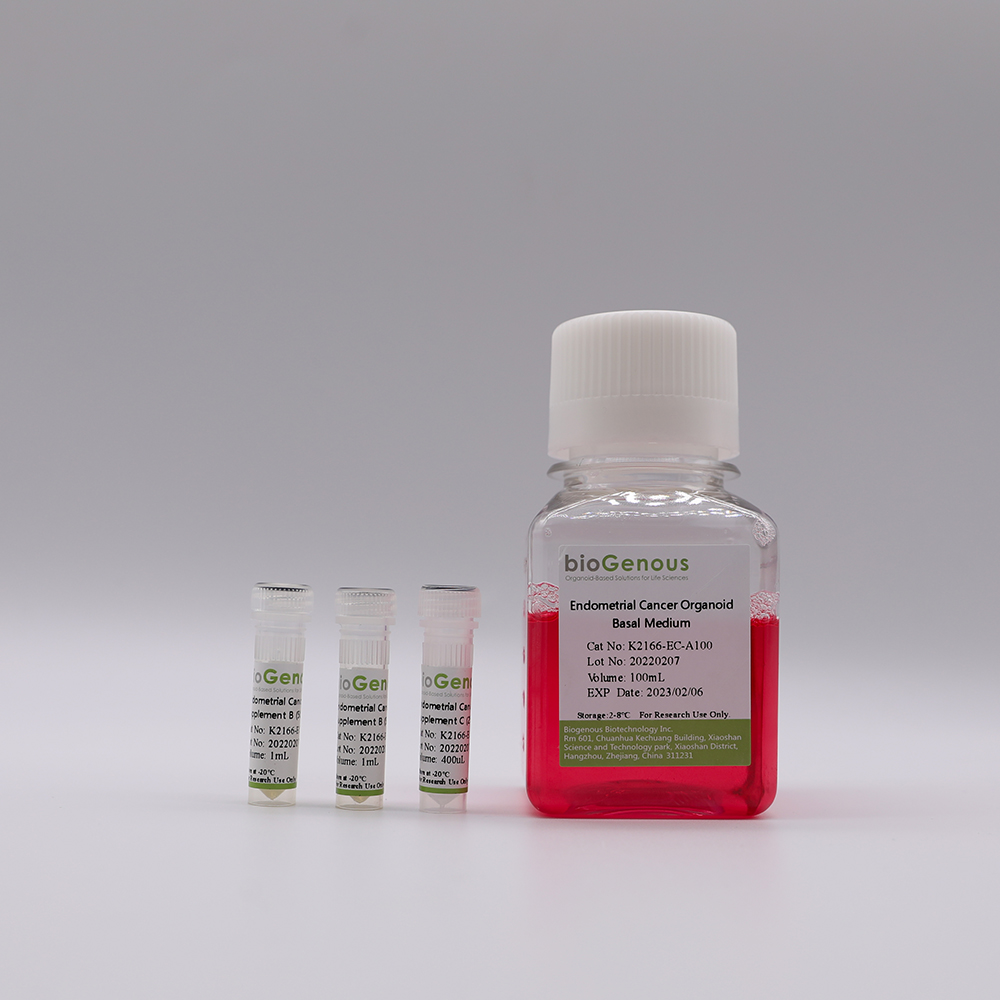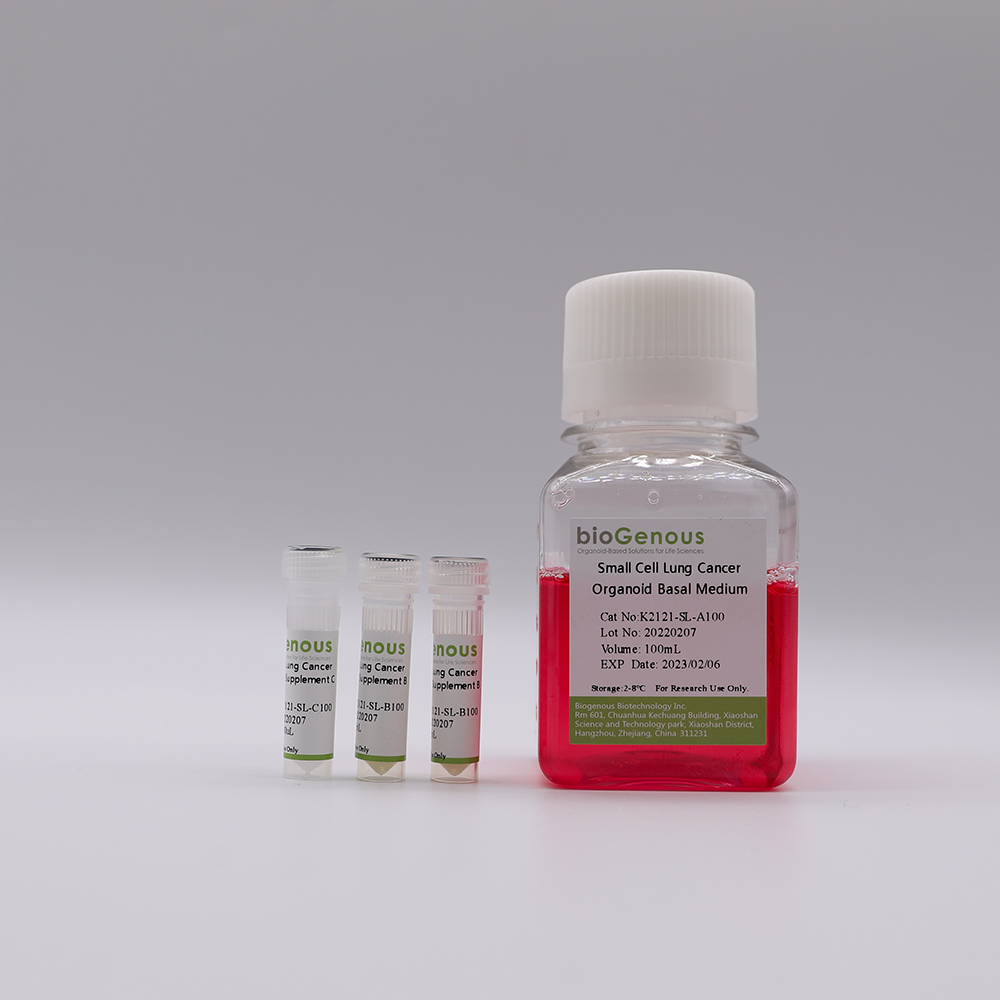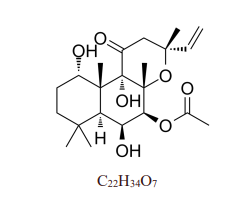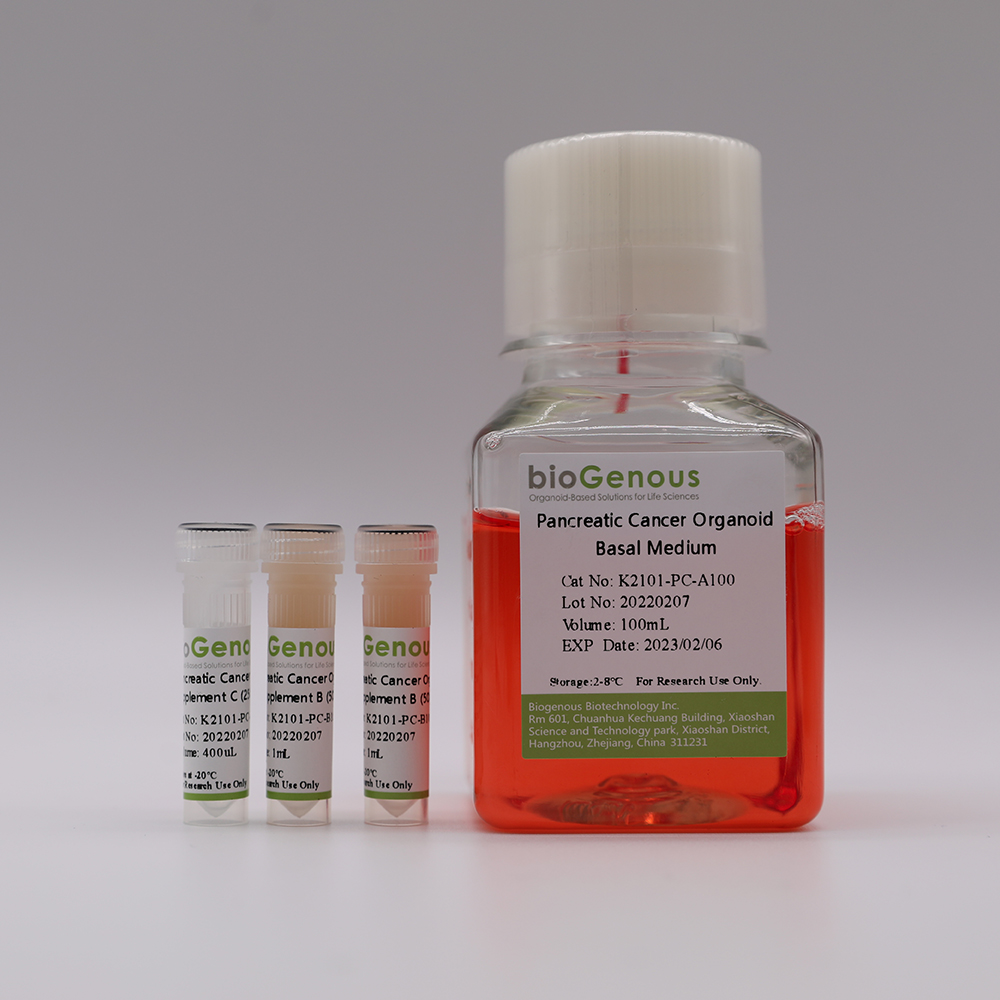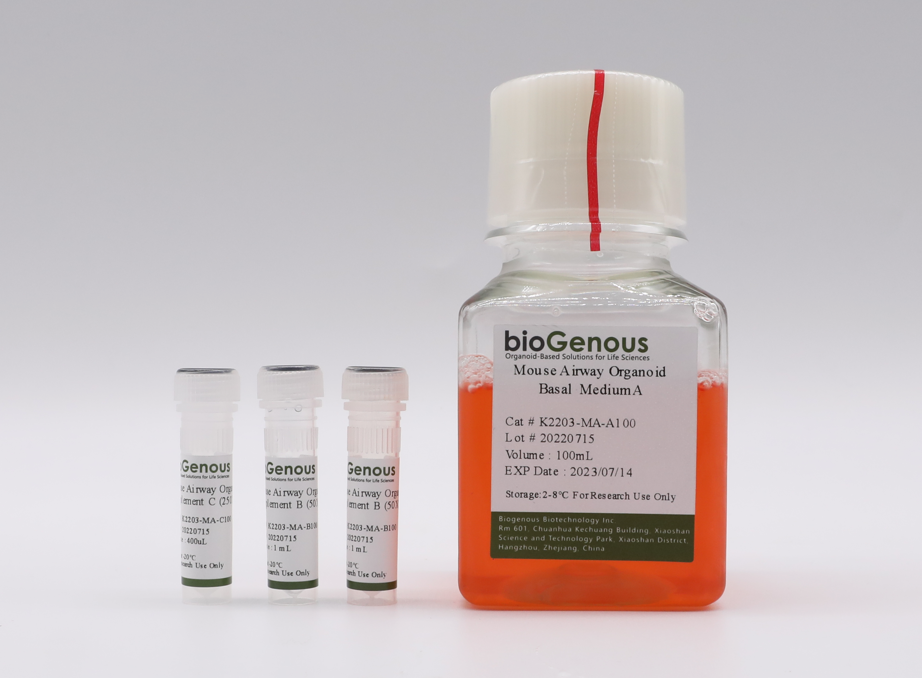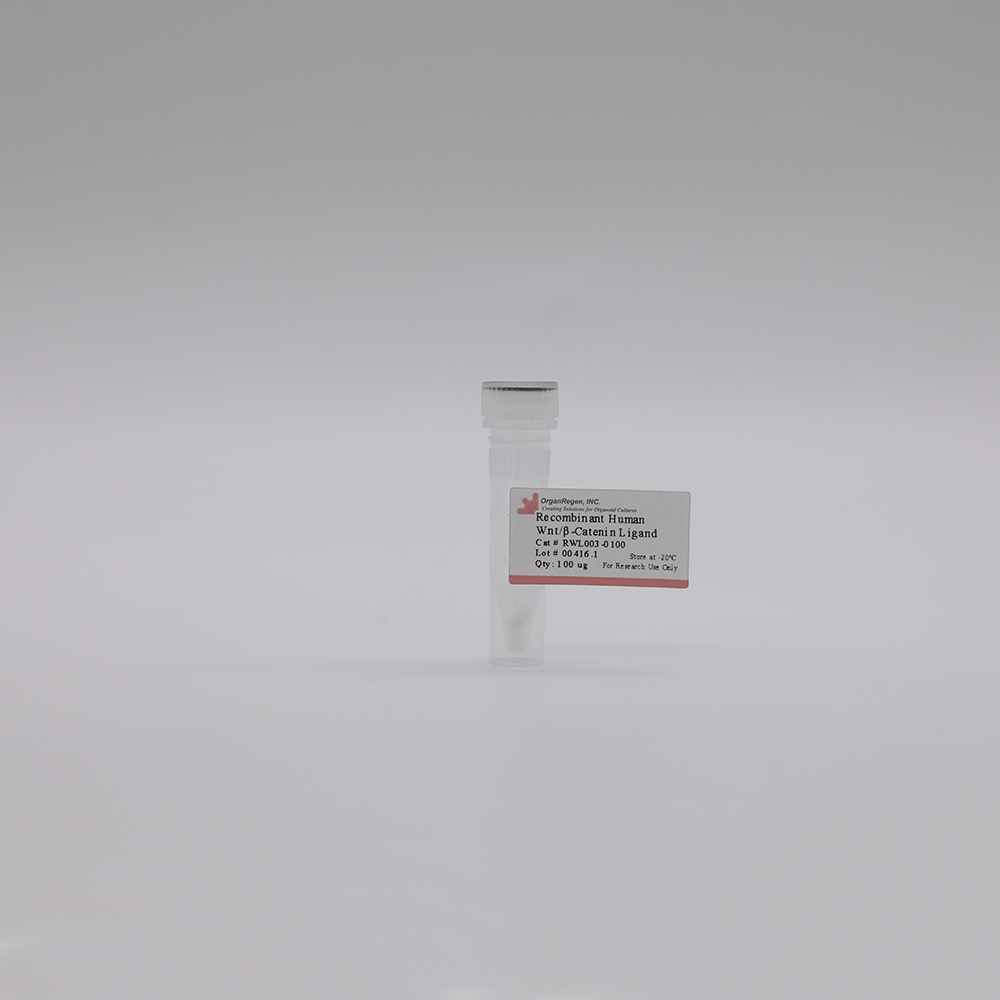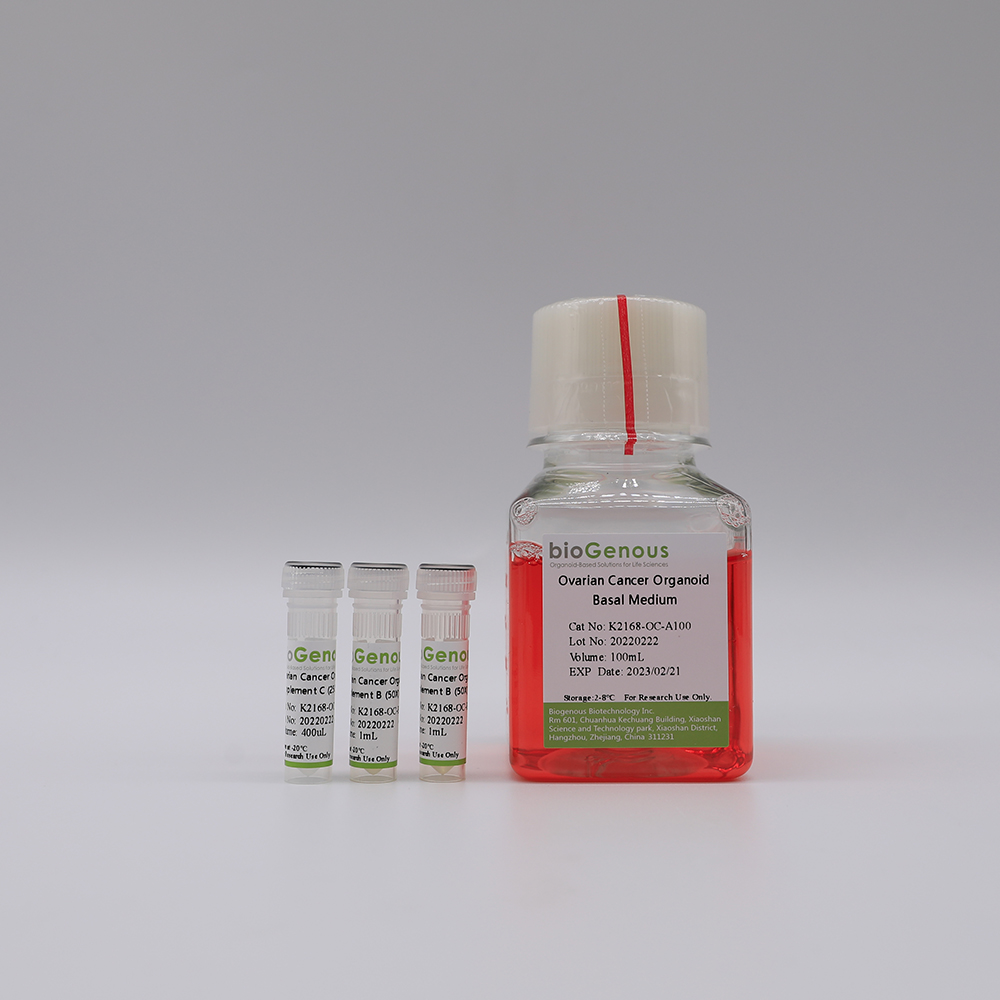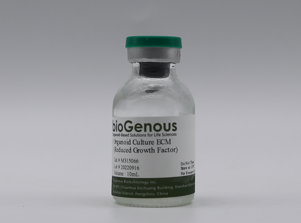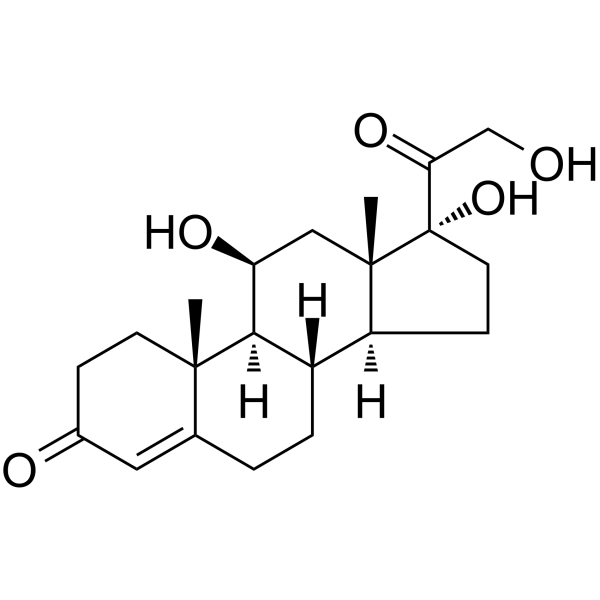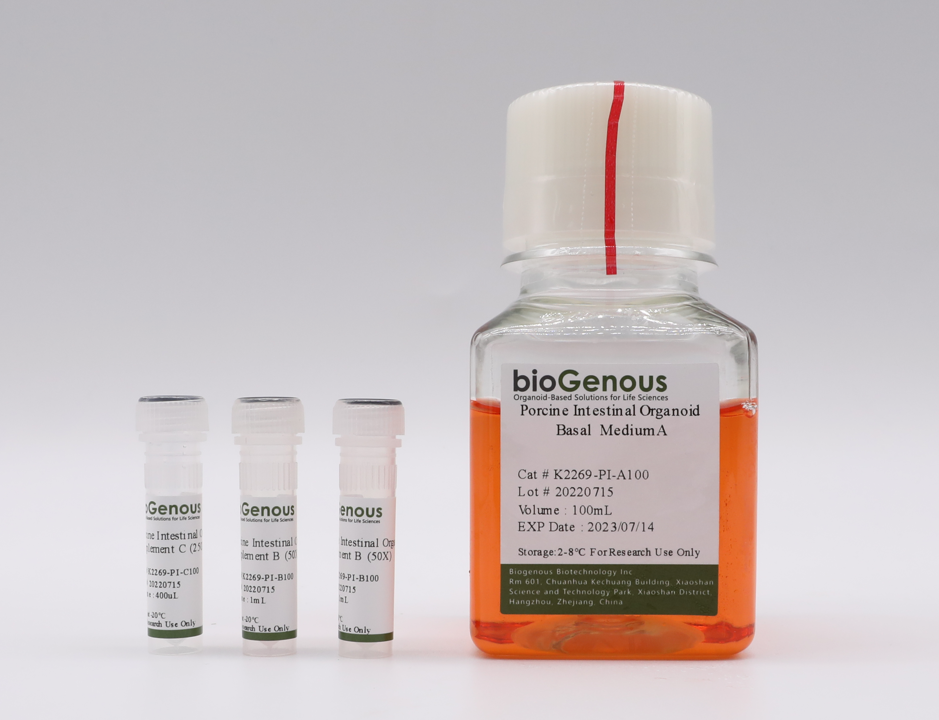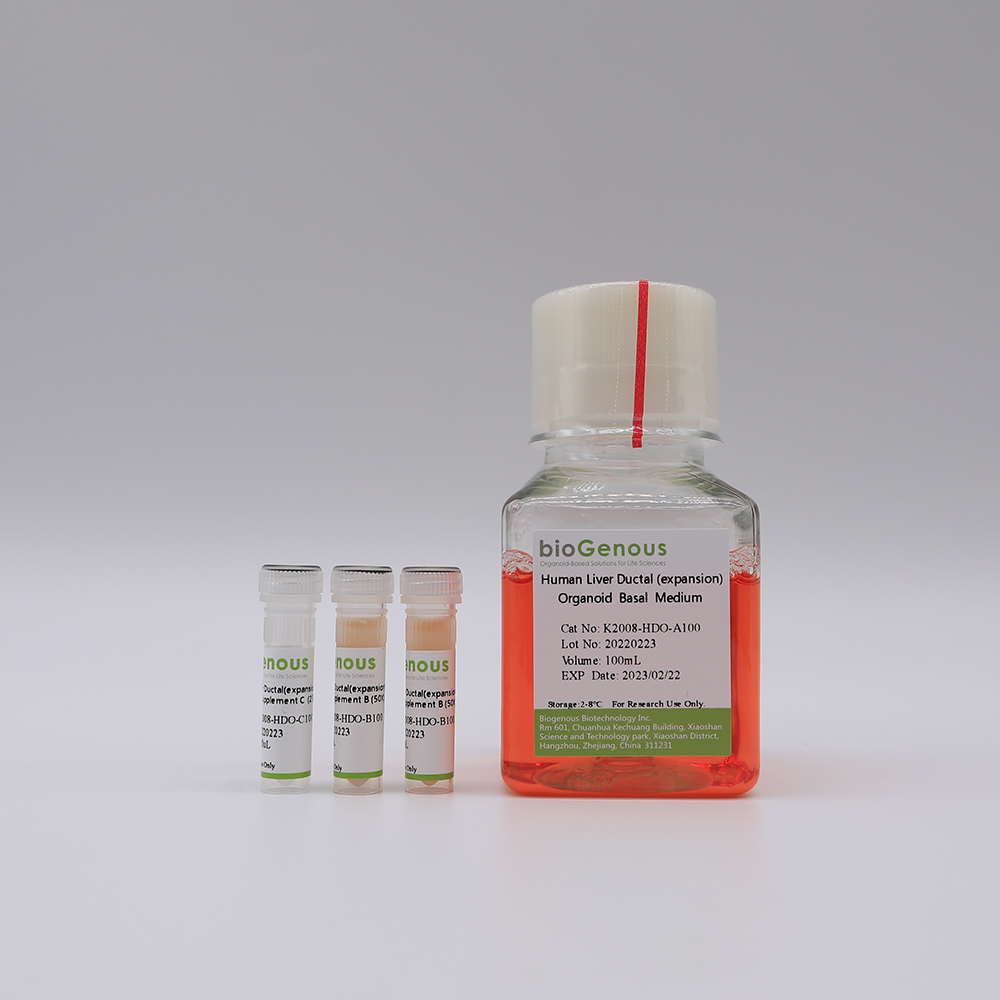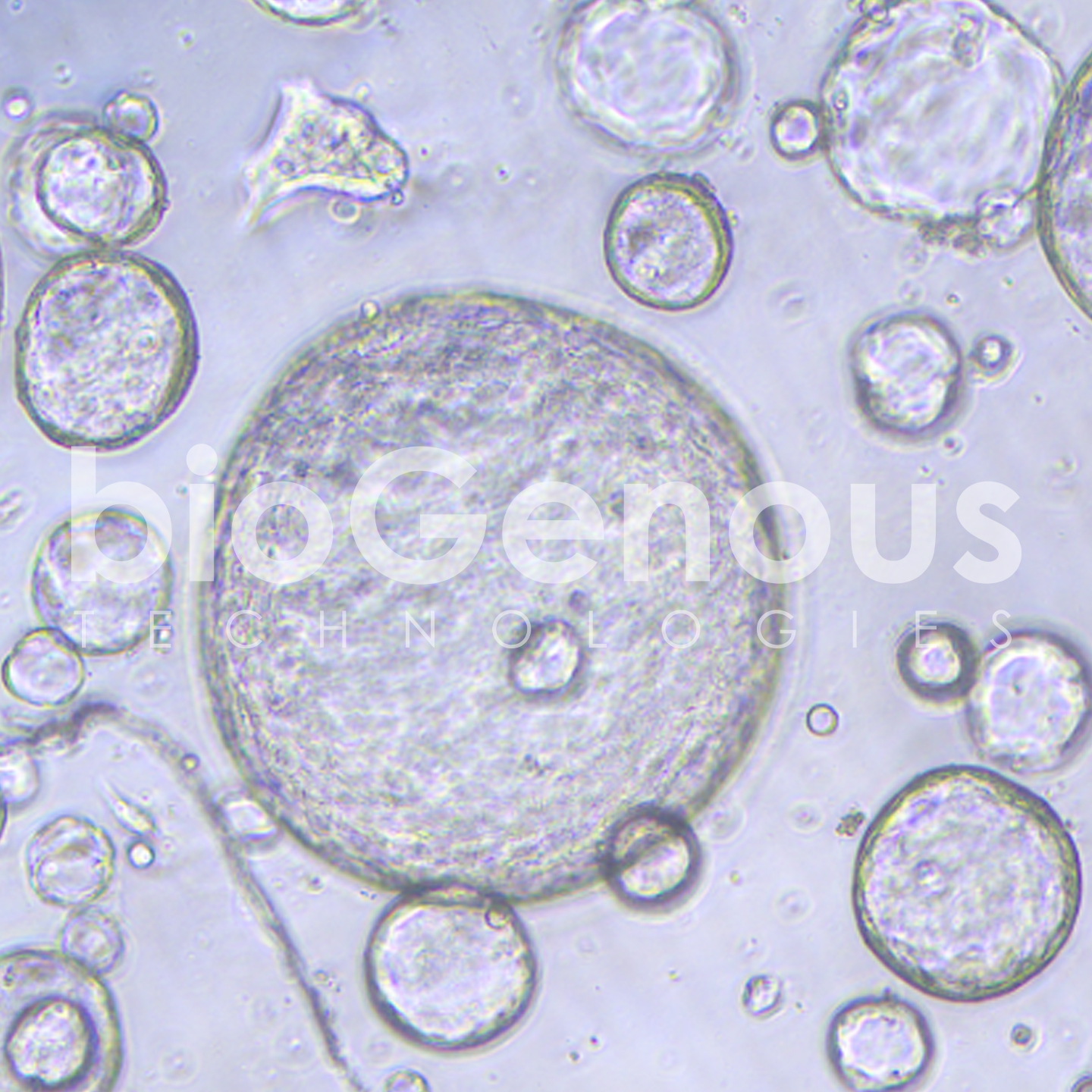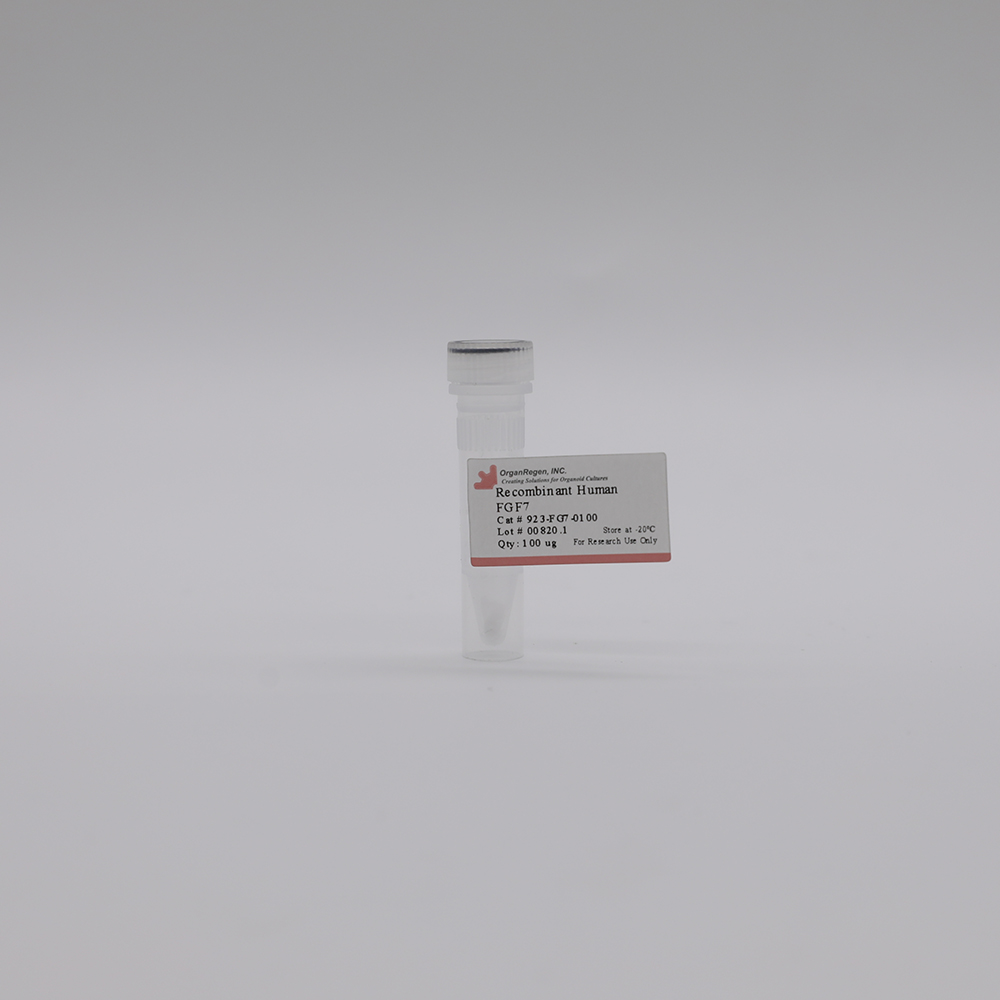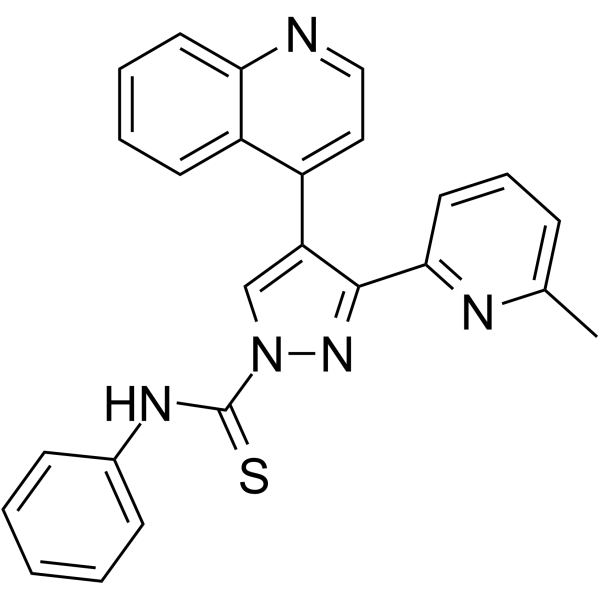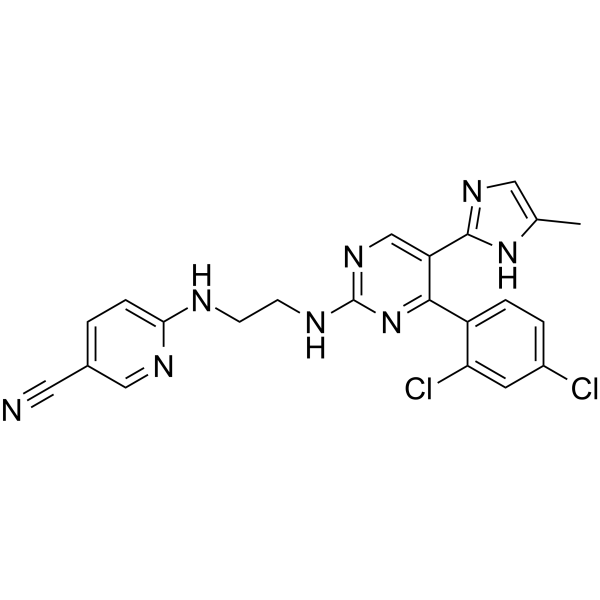OrganRegen-Recombinant Human FGF10(816-FGF)

OrganRegen-Recombinant Human FGF10(816-FGF)
货号:816-FGF
规格:1mg
100ug
品牌:OrganRegen
Recombinant Human FGF10
货号:816-FGF
规格:1mg
100ug
品牌:OrganRegen
产品介绍
Background:
FGF-10 belongs to the subgroup of FGFs that also includes FGF-3, -7, and -22. FGF-10 is secreted by mesenchymal cells and associates with extracellular FGF-BP. It preferentially binds and activates epithelial cell FGF R2 (IIIb) and interacts more weakly with FGF R1 (IIIb) [1]. The expression and function of FGF-10 are negatively regulated by Shh and BMP-4 in the developing lung [2, 3]. Overlapping expression patterns and activities with FGF-3, -7, and -8 suggest at least a partial redundancy in FGF‑10 biology. FGF-10 induced signaling through FGF R2 (IIIb) also contributes to the progression of pancreatic cancer [4] .
Source:
E.coli
Protein Construction:
A DNA sequence encoding the amino acids (Gln38-Ser208) of human FGF10 (Accession Number: O15520) was expressed.
Synonyms:
Fibroblast growth factor 10; Keratinocyte growth factor 2; KGF2; KGF-2. Purity:
≥ 95%, by SDS-PAGE visualized with quantitative densitometry by Coomassie® Blue Staining.
Biological Activity:
Measured in a cell proliferation assay using human liver ductal organoids. The ED50 for this effect is 20-100 ng/ml.
Endotoxin Level:
<0.10 EU per 1 μg of the protein by the LAL method
Calculated Molecular Weight:
19.5 kDa
SDS-PAGE:
25 kDa, reducing condition

Formulation:
The product is Lyophilized from a 0.22μm filtered solution in PBS.
Shipping:
The product is shipped on ice. Upon receipt, store it immediately as methods recommended below.
Reconstitution:
Reconstitute in sterile PBS buffer containing 0.1 % BSA to a concentration of 0.1-1.0 mg/mL.
Stability & Storage:
24 months, -20 to -70 °C, under powder state; 12 months, -20 to -70 °C, under sterile conditions after reconstitution; 2 month, 2 to 8 °C under sterile conditions after reconstitution; avoid repeated freeze-thaw cycles.
References:
Zhang, X., et al., Receptor specificity of the fibroblast growth factor family. The complete mammalian FGF family. J Biol Chem, 2006. 281(23): p. 15694-700.
Bellusci, S., et al., Fibroblast growth factor 10 (FGF10) and branching morphogenesis in the embryonic mouse lung. Development, 1997. 124(23): p. 4867-78.
Weaver, M., N.R. Dunn, and B.L. Hogan, Bmp4 and Fgf10 play opposing roles during lung bud morphogenesis. Development, 2000. 127(12): p. 2695-704.
Nomura, S., et al., FGF10/FGFR2 signal induces cell migration and invasion in pancreatic cancer. Br J Cancer, 2008. 99(2): p. 305-13.

